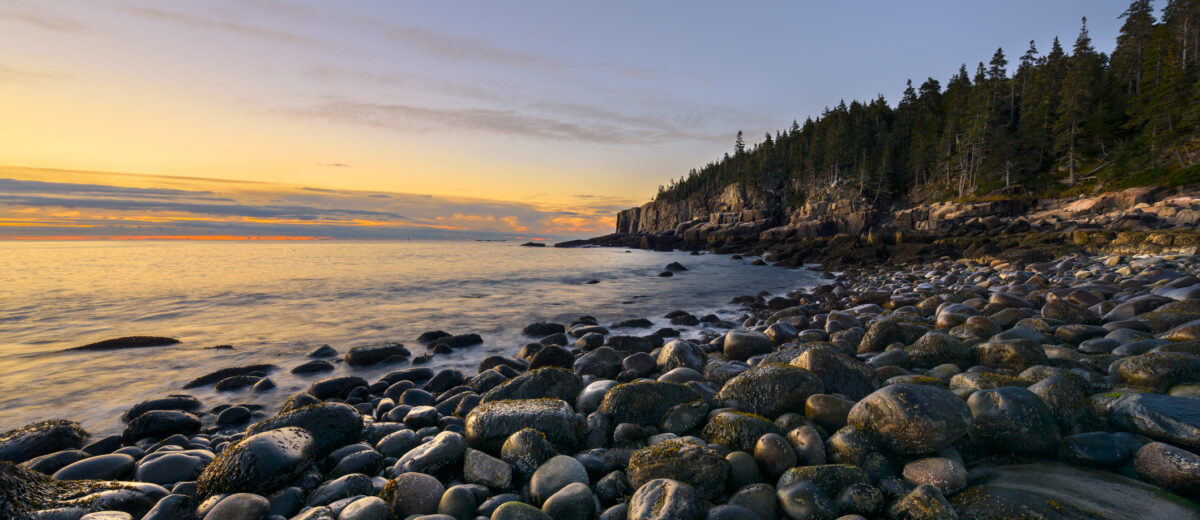Maine is known for its beautiful coastline, tributary streams, wetland areas, and abundant lakes, but its beautiful waterfronts are at risk of being overdeveloped if we don’t do something to protect them.
Maine has many active land conservancies working hard to protect many acres of land from development. Whether these conservancies own the land outright or hold a conservation easement preventing future development, one profession that plays an important role in the process is that of land surveying.
Land surveyors work closely with land conservancies, helping to map and define lands to be conserved.
How does a survey protect the land?
How does a survey protect land? By defining and clearly marking property lines and easement areas. When lines are clear on the ground and well described in a recorded deed, conservation documents can be drawn up.
Well-marked lines on the ground also provide clarity between abutting lands, meaning everyone knows what belongs to whom. Boundary disputes are eliminated or minimized, and accidental land development is hopefully prevented.
In short: Surveys help keep conserved lands well defined so they can remain beautiful for generations to come!
Primary Goals of Surveying Coastal Land
Performing a land survey, however, is more than just a measurement of boundaries. It is often a dynamic collaboration between the donor or landowner, the conservation agency, and the land surveyor.
Herrick & Salsbury, Inc. has proudly worked with several land conservation agencies, including:
